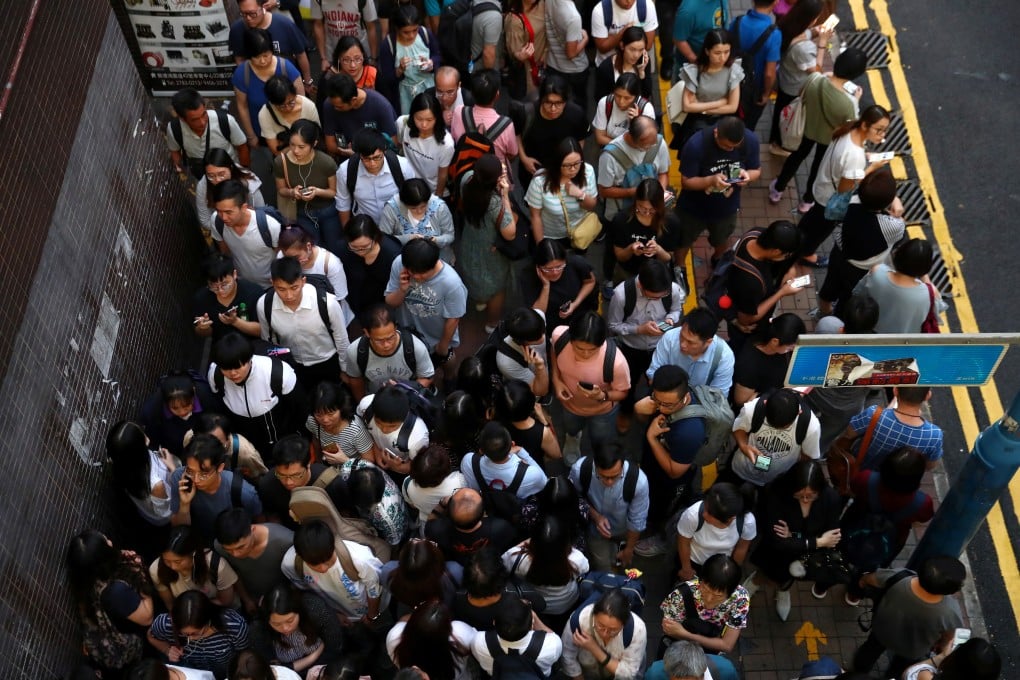Advertisement
Opinion | What do the 4 million working Hongkongers think of the protests? They must speak out to help end the chaos
- Hong Kong’s transport industry has become a core battleground between the protesters and Beijing. Ordinary working Hongkongers whose lives have been disrupted by the protests must stand up, and be seen and heard
Reading Time:3 minutes
Why you can trust SCMP

It has been four months since the extradition bill sparked mass demonstrations in Hong Kong. As violence continues to escalate, it’s worth asking: who is the real anarchist?
In one corner, there are protesters who have attacked police officers and vandalised train stations, disrupting the lives of up to 4.9 million daily commuters. In the other, there is Chief Executive Carrie Lam Cheng Yuet-ngor, who dug her heels in for three months before finally giving in and withdrawing the contentious bill.
In a city long known for independent rule of law, a world-class transport system and a low crime rate, the anti-government protests have unleashed a side of Hong Kong no one ever thought was possible.
Advertisement
A movement that started as largely peaceful protest marches to the government headquarters to demand the withdrawal of the bill built up, on July 1, to vandalism of the city’s Legislative Council. This was the first pivotal chance for the government to take control of the narrative and turn things around. Instead, it chose escalation.
Furthermore, the police added fuel to the fire by using disproportionate force against unruly civilians who were already enraged at the government’s stance on the extradition bill. Days turned into months, as their anger grew along with their list of demands.
Advertisement
Advertisement
Select Voice
Choose your listening speed
Get through articles 2x faster
1.25x
250 WPM
Slow
Average
Fast
1.25x
